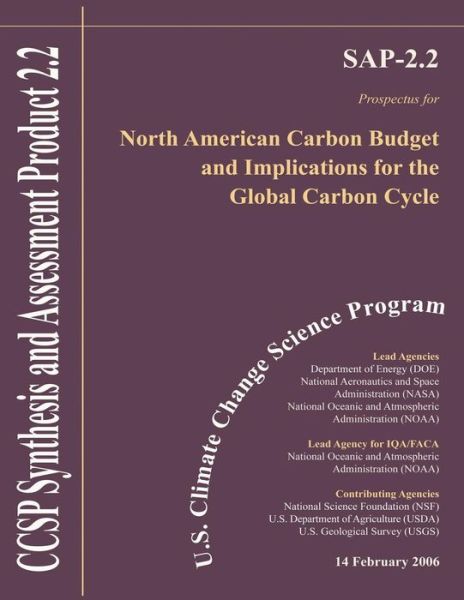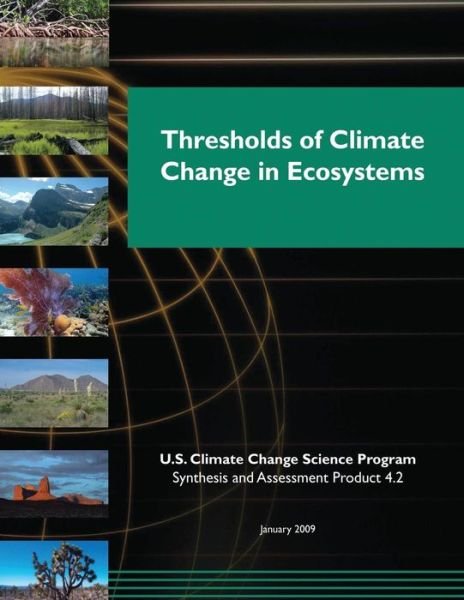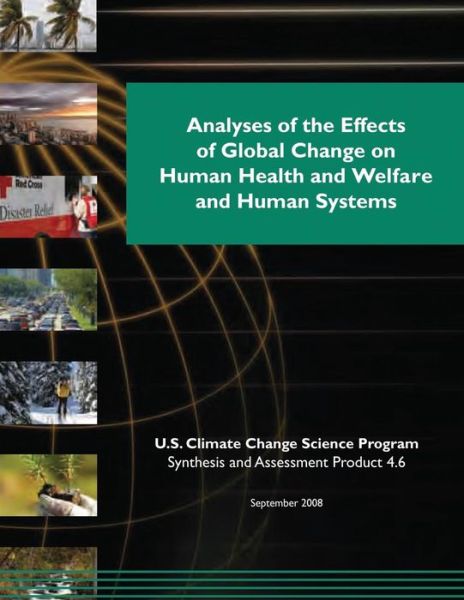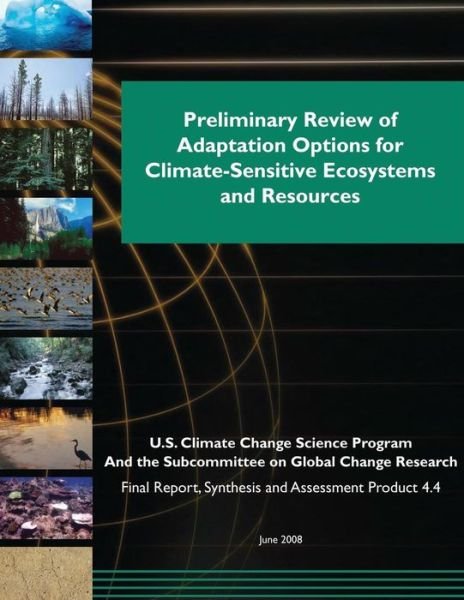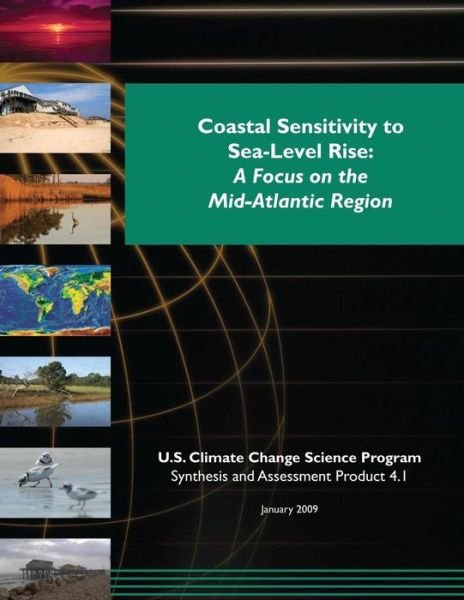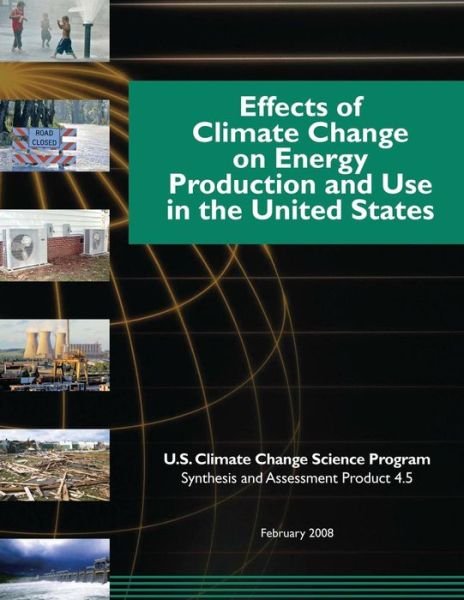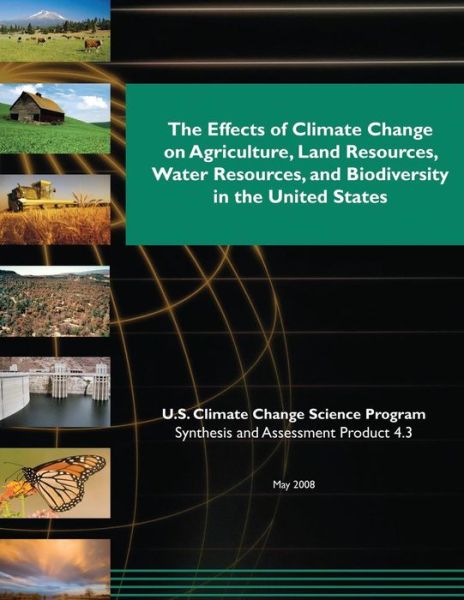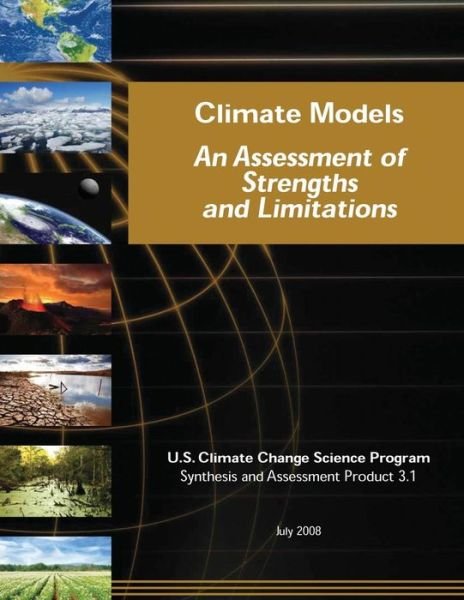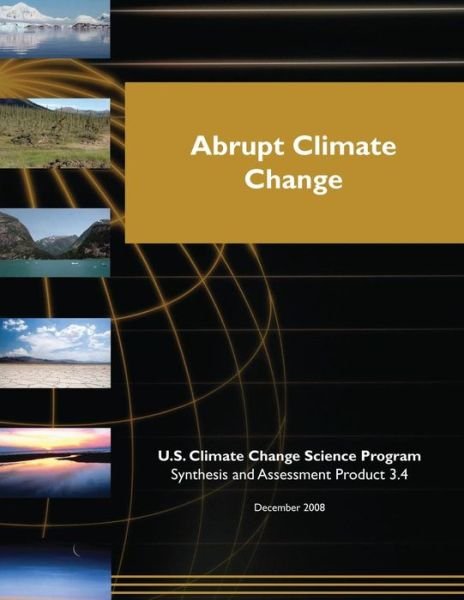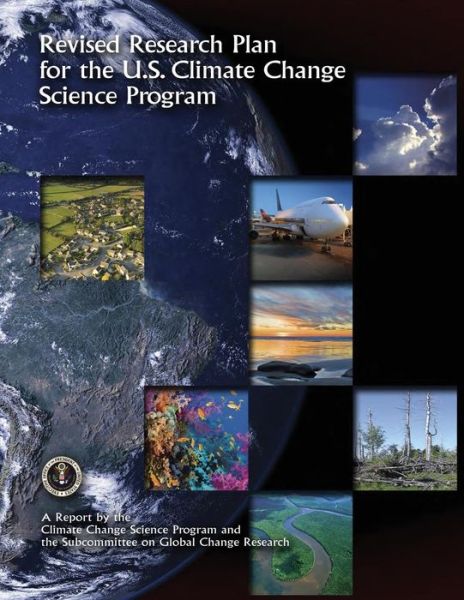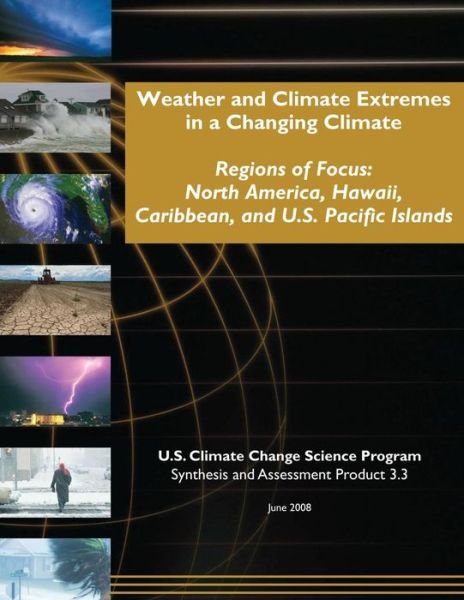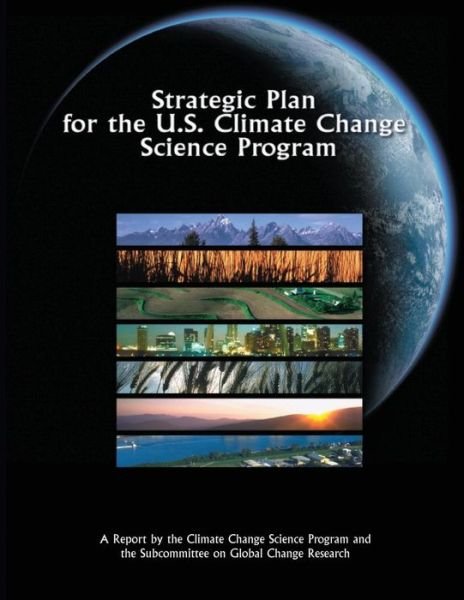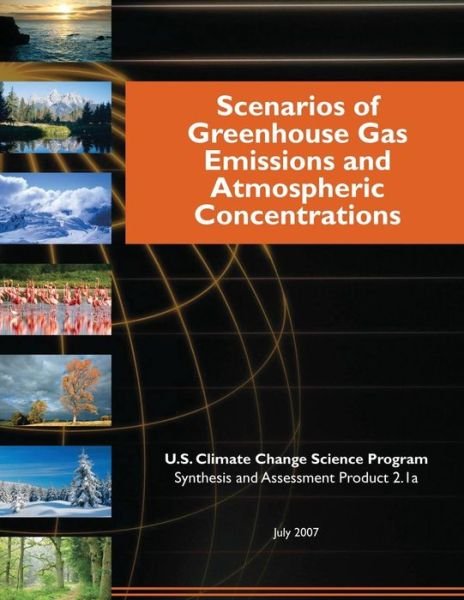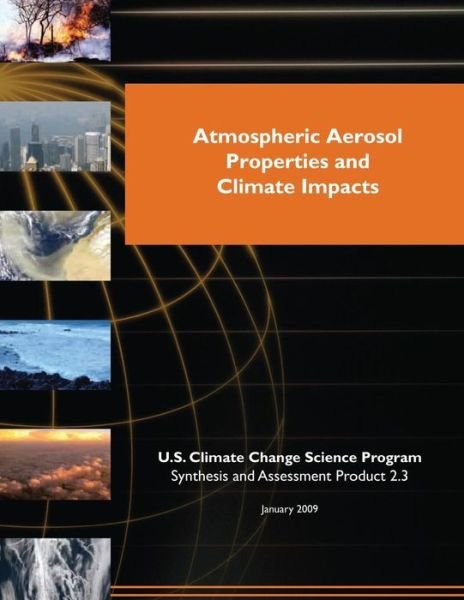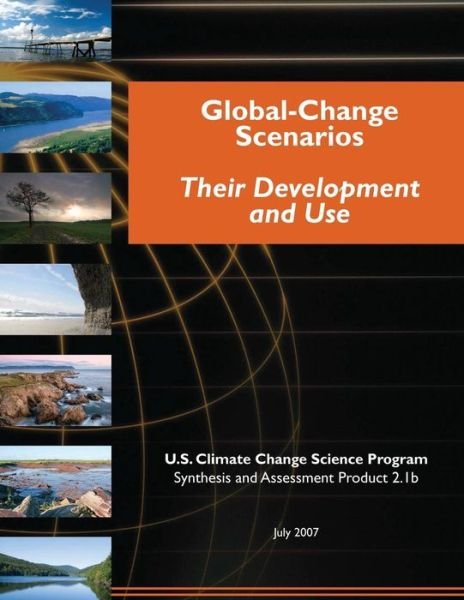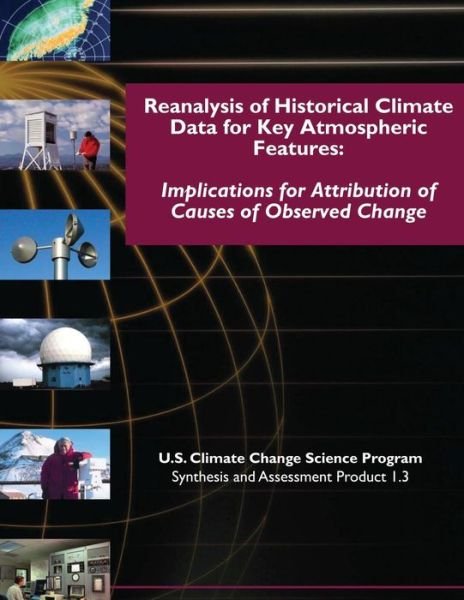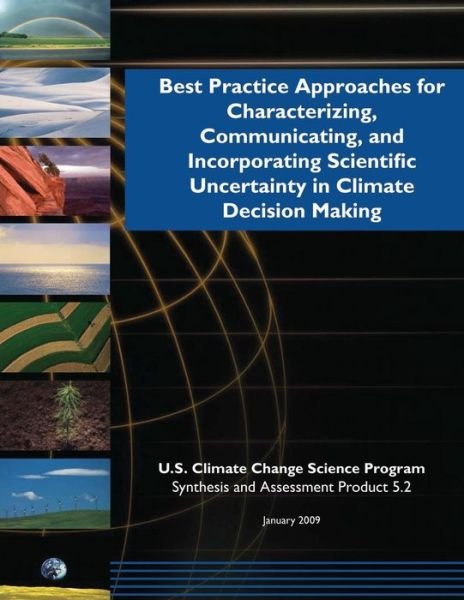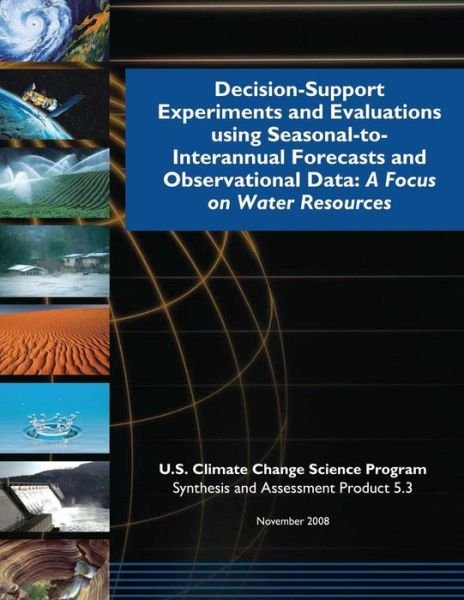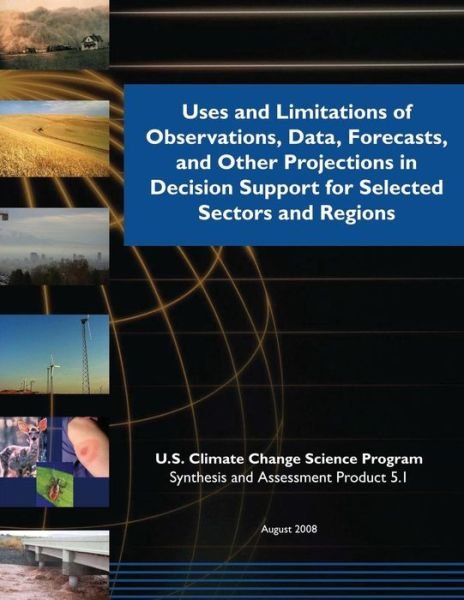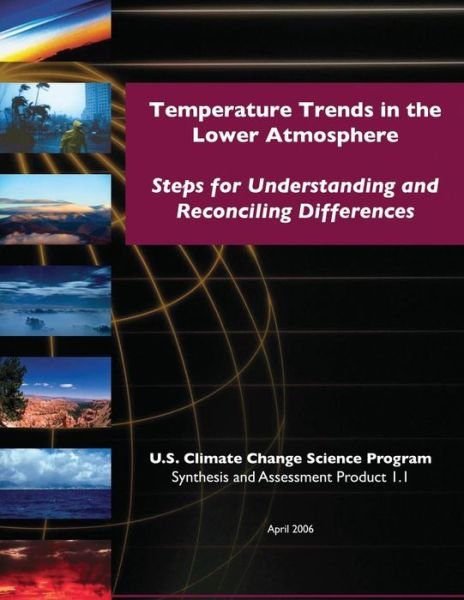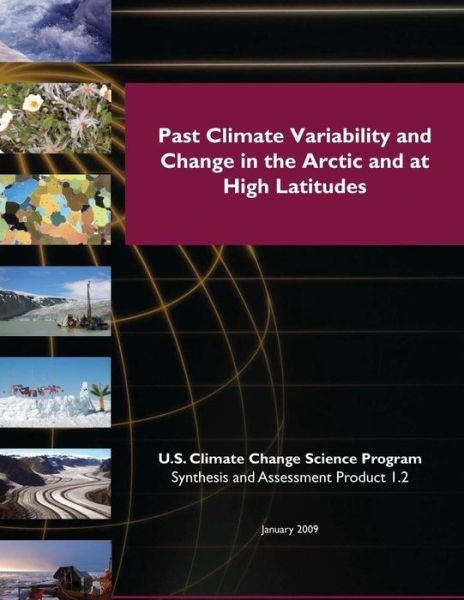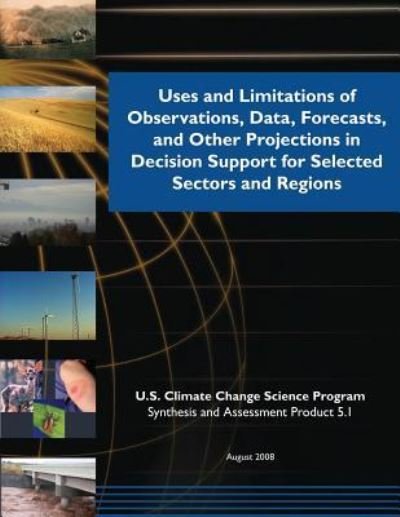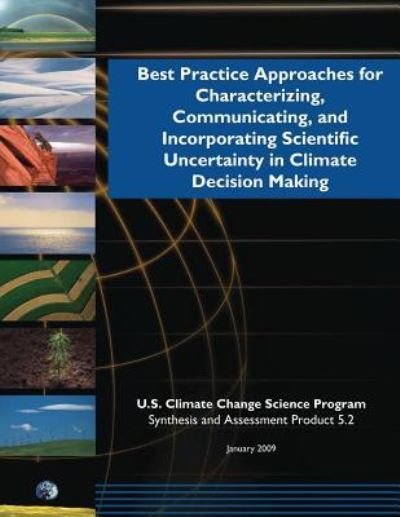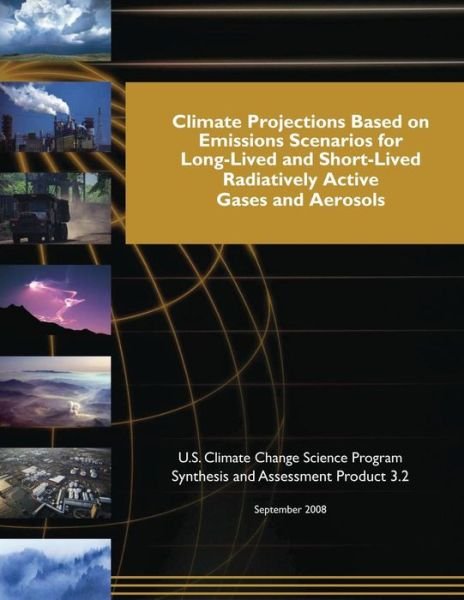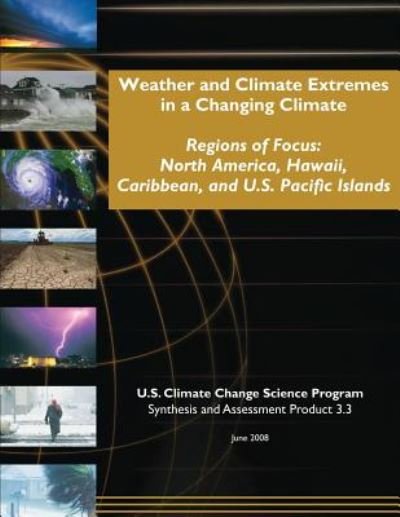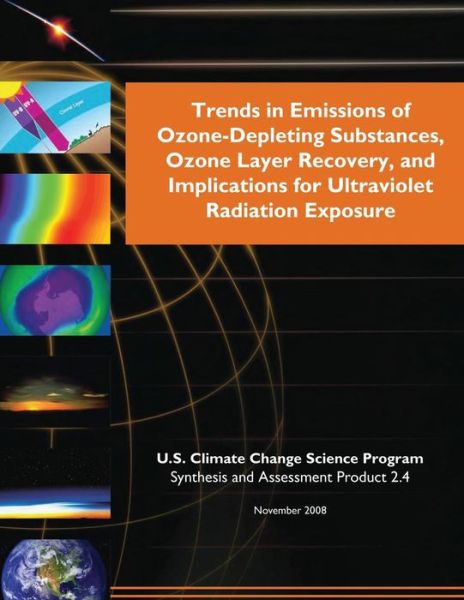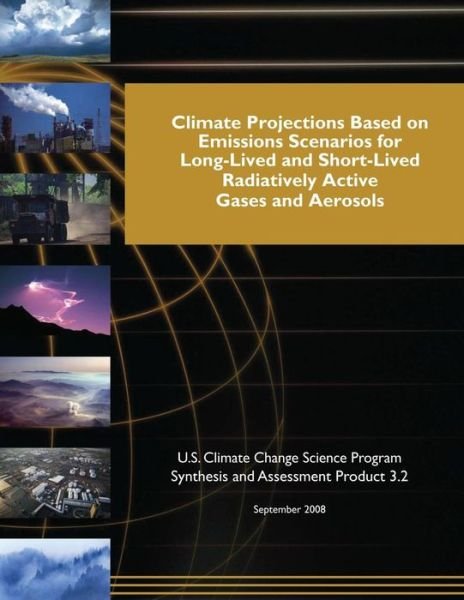
Recomienda este artículo a tus amigos:
Climate Projections Based on Emissions Scenarios for Long-lived and Short-lived Radiatively Active Gases and Aerosols (Sap 3.2)
U S Climate Change Science Program
Climate Projections Based on Emissions Scenarios for Long-lived and Short-lived Radiatively Active Gases and Aerosols (Sap 3.2)
U S Climate Change Science Program
Publisher Marketing: The influence of greenhouse gases and particle pollution on our present and future climate has been widely examined and most recently reported in the Intergovernmental Panel on Climate Change (IPCC) Fourth Assessment Report. While both long-lived (e.g., carbon dioxide) and short-lived (e.g., soot) gases and particles affect the climate, previous projections of future climate, such as the IPCC reports, have focused largely on the long-lived gases. This U. S. Climate Change Science Program (CCSP) Synthesis and Assessment Product provides a different emphasis. We first examine the effect of long-lived greenhouse gases on the global climate based on updated emissions scenarios produced by another CCSP Synthesis and Assessment Product (SAP 2.1a). In these scenarios, atmospheric concentrations of the long-lived greenhouse gases leveled off, or stabilized, at predetermined levels by the end of the twenty-first century (unlike in the IPCC scenarios). However, the projected future temperature changes, based on these stabilization emissions scenarios, fall within the same range as those projected for the latest IPCC report. We confirm the robust future warming signature and other associated changes in the climate. We next explicitly assess the effects of short-lived gases and particles. Their influence is found to be global in nature, substantial when compared with long-lived greenhouse gases, and potentially extending to the end of this century. They can significantly change the regional surface temperature, and by the year 2100 short-lived gases and particles may account for as much as 40 percent of the warming over the summertime continental United States. It is noteworthy that the simulated climate response to these pollutants is not confined to the geographical area where they are released. This implies a strong linkage between regional air quality control strategies and global climate change. We identify specific emissions reductions that would lead to benefits for both air quality and climate change mitigation, including North American surface transportation and Asian domestic fuel burning. The results reveal the necessity for explicit and consistent inclusion of the short-lived pollutants in assessments of future climate.
| Medios de comunicación | Libros Paperback Book (Libro con tapa blanda y lomo encolado) |
| Publicado | 4 de febrero de 2015 |
| ISBN13 | 9781507847312 |
| Editores | Createspace |
| Páginas | 116 |
| Dimensiones | 216 × 279 × 6 mm · 285 g |


